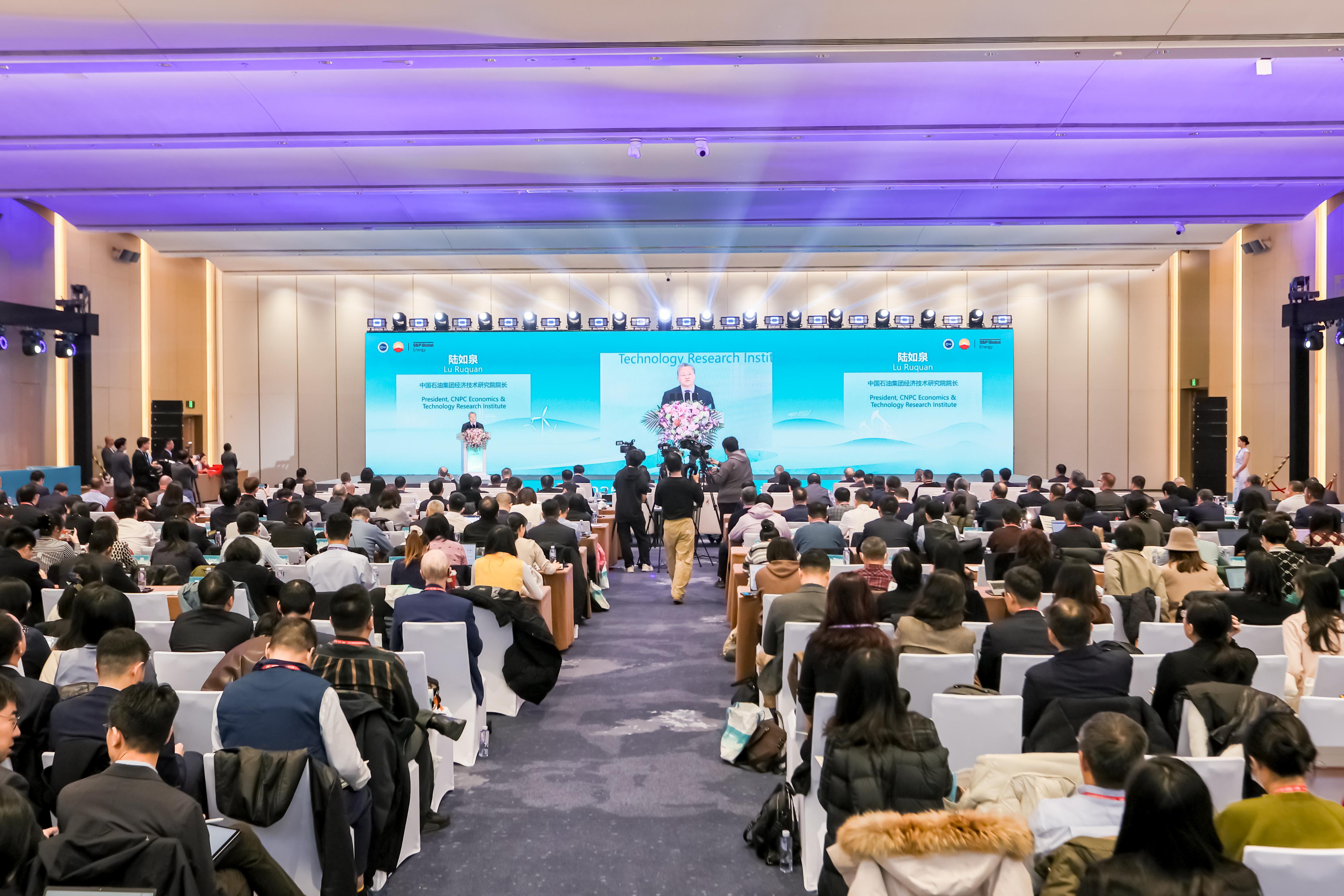15th FYP to Advance Innovation-driven Development
A press conference held by the Central Committee of the Communist Party of China (CPC) in Beijing on Friday on the recently concluded fourth plenary session of the 20th CPC Central Committee highlighted the need to raise innovation capacity to lead the development of new quality productive forces.
Yin Hejun, minister of science and technology, emphasized the crucial role of scientific and technological modernization in advancing China's progress during the 15th Five-Year Plan period (2026-2030).
He said the ministry will deeply implement the innovation-driven development strategy, prioritize national strategic needs by deploying a range of major national scientific and technological tasks, and promote deeper integration between sci-tech innovation and industrial innovation.
The focus will be on ensuring total-factor productivity increases, injecting momentum into its efforts to develop new quality productive forces and realize high-quality development.
Yin proposed four key areas of focus:
•Continuously strengthening high-quality supply of science and technology
National strategic needs and socioeconomic development demands will be coordinated, with efforts stepped up to implement major national science and technology programs. Strategic-oriented basic research will be advanced in a coordinated manner.
Innovation in key generic technologies, cutting-edge frontier technologies, modern engineering technologies, and disruptive technologies will be prioritized.
Self-reliant capabilities in scientific and technological infrastructure will be enhanced and coordination and interplay between strengths in strategic science and technology will be promoted. The delivery of major, landmark, and original scientific and technological achievements will be accelerated.
Sci-tech innovation and industrial development will be integrated to foster seamless alignment between innovation chains and industrial chains. Emerging industries in fields such as next-generation information technology and AI will be nurtured and expanded. Quantum technology, biotechnology, and other forward-looking sectors will be proactively planned and developed to stay ahead of the curve in future science, technology, and industry. Digital and intelligent technologies will be utilized to make industries intelligent, more eco-friendly, and integrated.
•Comprehensively deepening reform of the science and technology management system
Policy coordination will be strengthened to promote efficient synergy between science and technology with fiscal and taxation, finance, industry, education and talent development.
The mechanisms under which major scientific and technological innovation projects are organized will be improved, driving the systematization, institutionalization and coordination of scientific and technological capabilities, innovation resources and personnel.
The principal role of enterprises in scientific and technological innovation will be reinforced, and the fostering of leading technology enterprises will be accelerated. Reforms will be deepened on granting researchers corresponding rights over the scientific and technological outputs produced on the job and placing these outputs under separate management.
Discipline adjustment mechanisms and talent training models to meet the needs of China’s scientific and technological development and national strategies will be developed. A science and technology financial system compatible with scientific and technological innovation will be built.
•New productive forces will be developed in light of local condition
The Ministry of Science and Technology will strengthen macro-level guidance and coordination of local scientific and technological innovation and industrial layout, and guide local places to leverage their resource to forge technological strengths and industrial specialties, achieving differentiated development.
Cross-regional innovation collaboration and industrial cooperation will be enhanced to build a batch of world-class industrial clusters. Eligible local places will be encouraged to deeply integrate scientific and technological innovation with industrial innovation, boldly explore and pioneer new approaches, and establish hubs for original innovation and highlands for industrial technological innovation.







